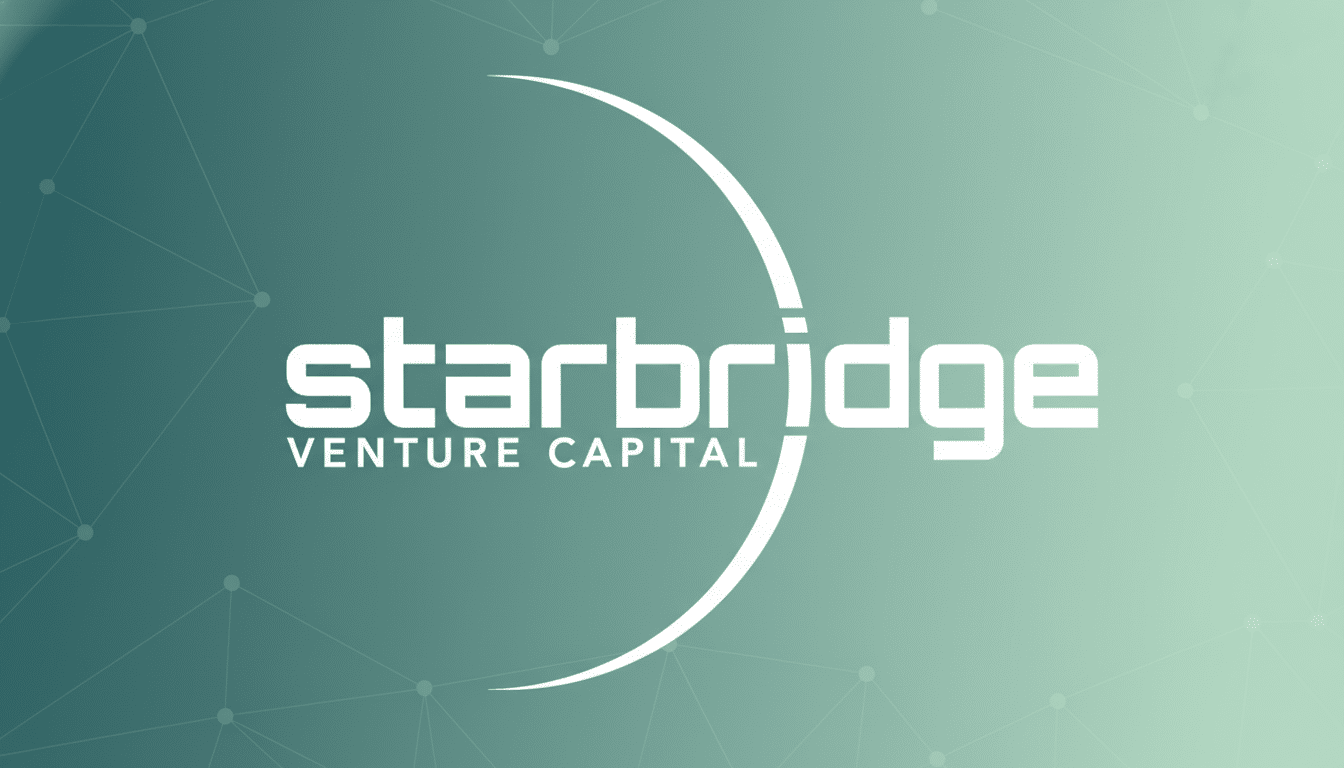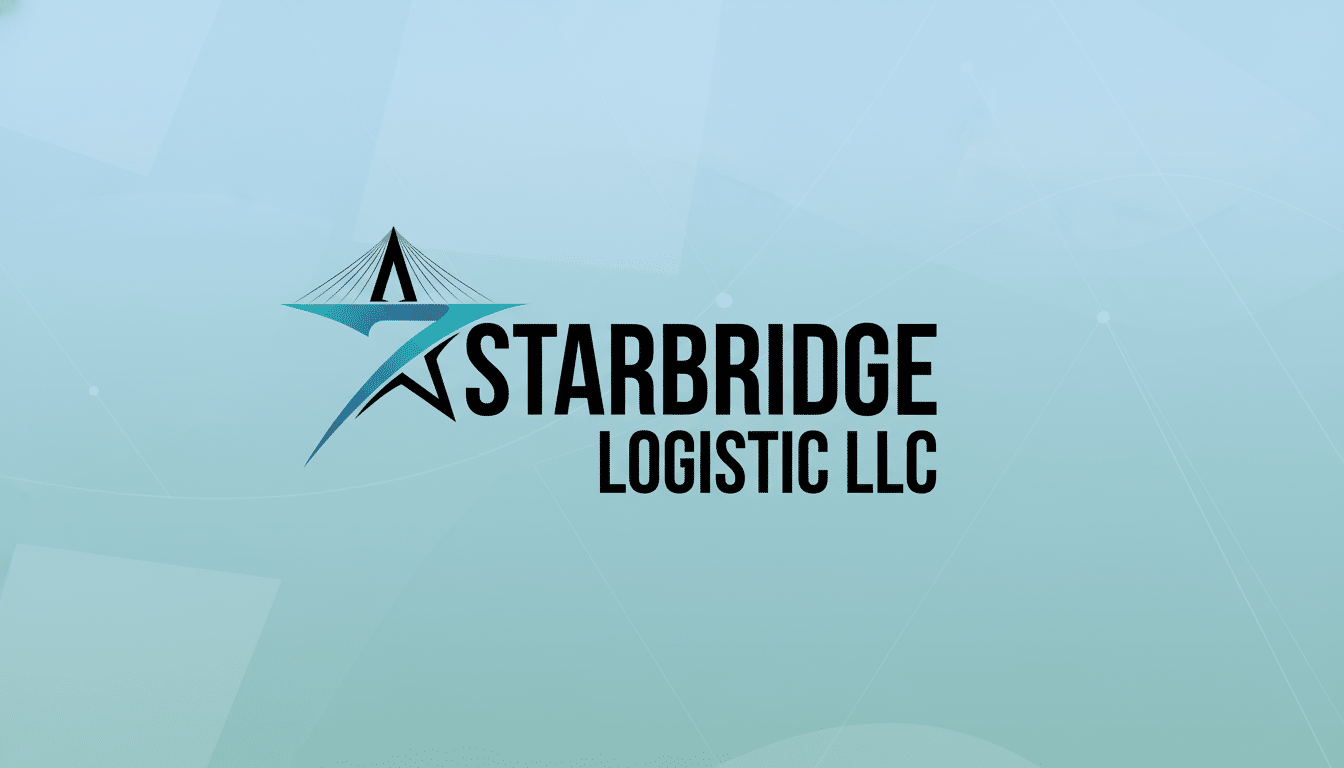Craft Ventures has led a $42 million Series A in Starbridge, a high-flying govtech platform that transforms decentralized public sector data into actionable sales intelligence. The round, led by David Sacks’ firm, is fresh fuel for a startup aimed at shortening the sales cycle governments undergo by surfacing actual buying signals — before requests for proposals make it out the door.
Starbridge culls that public information from agency websites, meeting minutes, budgets, procurement calendars, and PDF filings — and scores opportunities to help go-to-market teams determine where they should devote their time. The system constantly calls out changes such as leadership moves or new initiatives so that sales reps can focus their time with the right people at the right company at the right time, according to the company.

How Software Is Sold to the Public Sector
The public sector is a massive market with a data problem. As of late, the federal government’s obligation for contracts has amounted to hundreds of billions of dollars yearly, according to USAspending.gov, and Gartner’s estimate of government IT spending is close to $590 billion in 2024. Zoom in, and the complexity multiplies by a factor of 100: The U.S. Census of Governments identifies more than 90,000 state- and local-level governments, each with its own systems, calendars, and rules for procurement.
In practice, that fragmentation means vendors must cobble together budgets, agendas, and purchase histories from a patchwork of sources. Teams are often oblivious to pre-RFP signals — committee discussions or grant allocations that presage actual projects. Starbridge describes itself as the connective tissue which normalizes those inputs, ranks accounts by propensity to buy, and turns public data into a pipeline map for field, channel, and demand-gen teams.
A Founder with Government Data Scar Tissue
Co-founder and CEO Justin Wenig knows that well, after learning this terrain the hard way. Prior to Starbridge, he founded Coursedog out of Y Combinator in 2019 to create workflow tools for higher ed and public institutions. Coursedog was sold for more than $100 million to JMI Equity in a nine-figure deal in 2021, and Wenig remains on its board. That experience — working through long procurement cycles and opaque data sets — helped shape Starbridge’s thesis that public information is abundant but crippled in unusable formats.
Starbridge’s platform takes in those signals at scale and pushes guidance into the tools sellers already employ. The company says that it will be launching an “integrated experience” that pipes answers directly into CRM systems, sales sequencers, and collaboration apps to minimize the tab-hopping slowing down public sector pursuits.
How Starbridge Works Behind the Scenes in Practice
At the heart of the process is a live knowledge graph that connects agencies, programs, decision-makers, and budget line items. And Starbridge piles scoring models on top of that which evaluate purchase intent from new projects, grant awards, funding cycles, and leadership changes. Subscribers are able to sign up for account-level alerts, run prospecting lists on technology needs or regulatory drivers, and benchmark penetration by region or vertical, including areas such as public safety, transportation, health, and education.
The company’s claim to distinction is around AI-powered workflows instead of static databases. Rather than focusing solely on opportunities that match the keyword, Starbridge focuses on “why now” triggers — indications a program is shifting from planning to procurement. To teams hawking modern SaaS, cybersecurity, data infrastructure, or AI tooling into government, that timing is the difference between making a first meeting and securing a contract.

The Investors and the Stakes for Starbridge
The A was led by Craft Ventures with participation from Owl Ventures, CommonWeal, and Autotech Ventures. Counting a previous $10 million seed round, Starbridge has now raised $52 million. For Craft and David Sacks, the bet is part of a larger thesis around data-native enterprise software that can compress complicated workflows and generate measurable sales results.
The timing is notable. At the federal, state, and local levels alike, agencies are being pushed to modernize infrastructure and embrace zero-trust security as well as responsible AI operationalization — often with a combination of grants and repurposed funds. Sellers who can identify such windows early, and tailor proposals to the appropriate program owners, materially increase win rates and reduce customer acquisition costs.
A Crowded Field and a Different Approach from Starbridge
Starbridge is entering a well-established ecosystem of public-sector market intelligence. GovWin by Deltek is a popular tool for monitoring federal opportunities, whereas GovSpend is known for its data on state and local government purchasing patterns. Starbridge believes that its value proposition will be in consolidating SLED and federal signals, scoring accounts based on predictive models, and baking guidance — by way of recommendations — directly into day-to-day sales workflows, as opposed to having the insight get stored away inside some standalone portal.
If it works, the result might be fewer cold pursuits and more well-targeted outreach that is timed to the budget milestones and board decisions. For sales leaders, that equates to cleaner territory planning and more accurate forecasting in a market that is known not to embrace either.
What to Watch Next for Starbridge and Govtech
Execution now pivots to the breadth of coverage and data quality — the two levers that do or don’t earn trust from sellers. We would anticipate Starbridge increasing its ingestion of agency records, deepening entity resolution across jurisdictions, and hardening privacy and compliance controls that matter in public procurement. System integrator or channel partnerships might help to further develop its footprint, especially in heavily regulated and mission-critical areas.
Backed by new capital and an industry-founder hybrid well-versed in government procurement dynamics, Starbridge is hoping to emerge as a system of insight for teams chasing the largest but least transparent buyer in the market: the government. But if its scoring signals start to closely predict which opportunities are awarded, the company is not just following the market — it is actually influencing how the public sector buys software.

